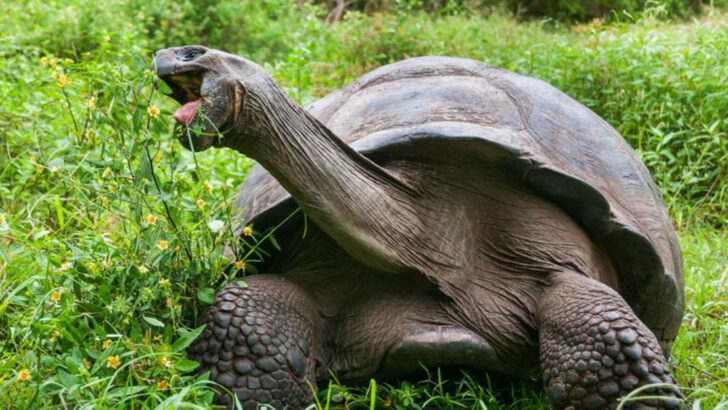They’ve cracked the code to long life—by barely moving at all. While other animals sprint, chase, and wear themselves out, tortoises take a different approach. They crawl through life, and somehow, they win the longevity race. Some reach 150. A few top 190. These ancient reptiles defy time, outliving predators, storms, and even generations of humans. Their secret? A heart that barely hurries and a metabolism that’s practically on pause. But it’s not just about going slow. Their entire biology is built for survival. Thick shells, calm nerves, and a lifestyle that avoids unnecessary risks. Tortoises don’t panic—they persist. And in a fast-moving world obsessed with speed, they remind us that slow and steady doesn’t just win the race… it outlives everyone else.
Metabolic Efficiency
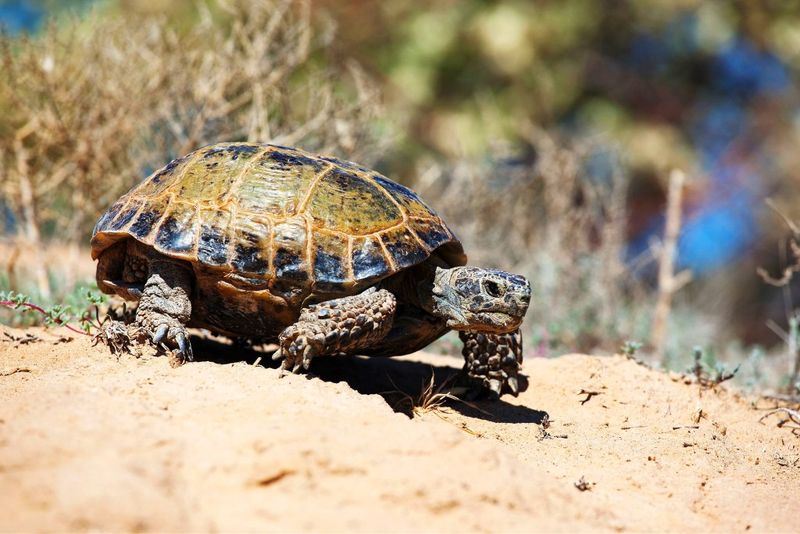
Metabolism in tortoises is a marvel of nature. Their bodies are adept at conserving energy, a trait that serves them well in the wild. By taking life at a leisurely pace, tortoises have developed a metabolic rate that supports their long life.
This slow metabolism means they require less food and can survive on limited resources. In environments where food is scarce, this trait proves invaluable. Additionally, the low metabolic rate minimizes wear and tear on their bodies, reducing the risk of age-related diseases.
Protective Shell
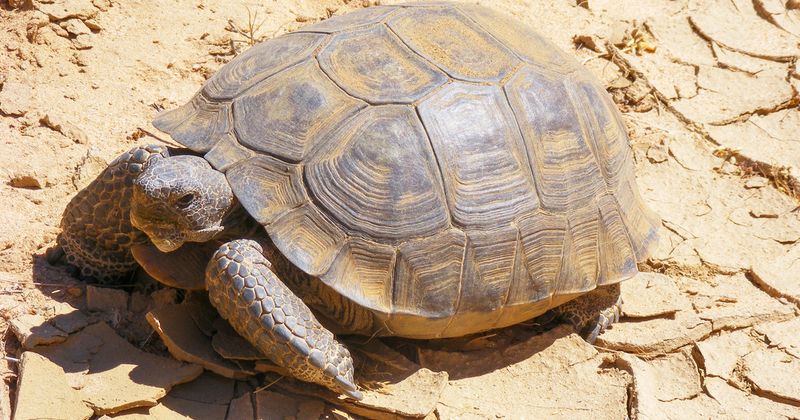
The tortoise’s shell is not just for protection; it’s a life-extending fortress. This tough exterior shields them from predators, allowing them to live without constant fear.
Furthermore, the shell’s design is efficient in regulating body temperature and hydration. With less energy spent on thermoregulation, tortoises can focus on their leisurely lifestyle. Over millennia, this protective barrier has evolved to maximize longevity by ensuring survival in harsh conditions.
Slow Reproduction
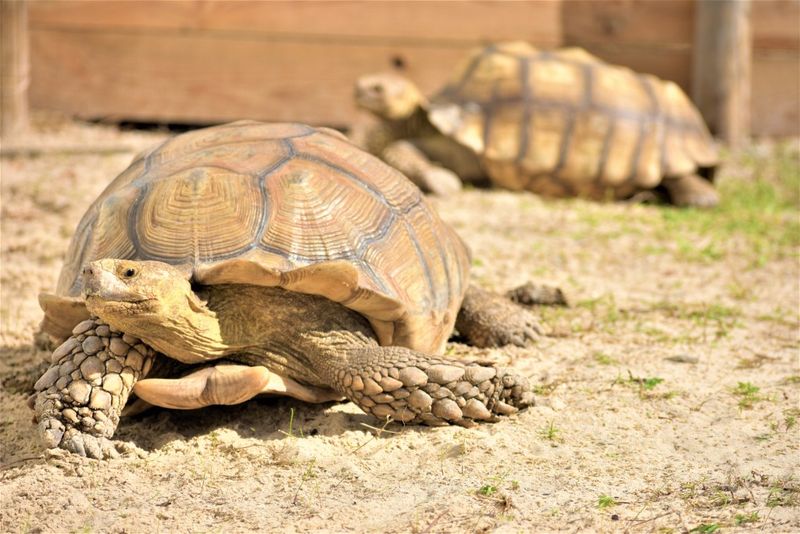
Reproduction for tortoises is a slow, deliberate affair. Unlike many animals, tortoises take their time to mate and lay eggs. This slow reproduction cycle is advantageous in the long run.
By investing time and energy into fewer offspring, tortoises ensure each hatchling has a higher chance of survival. This strategy reduces competition for resources, promoting a stable population. In turn, this slow pace of life contributes to their extended lifespan.
Herbivorous Diet
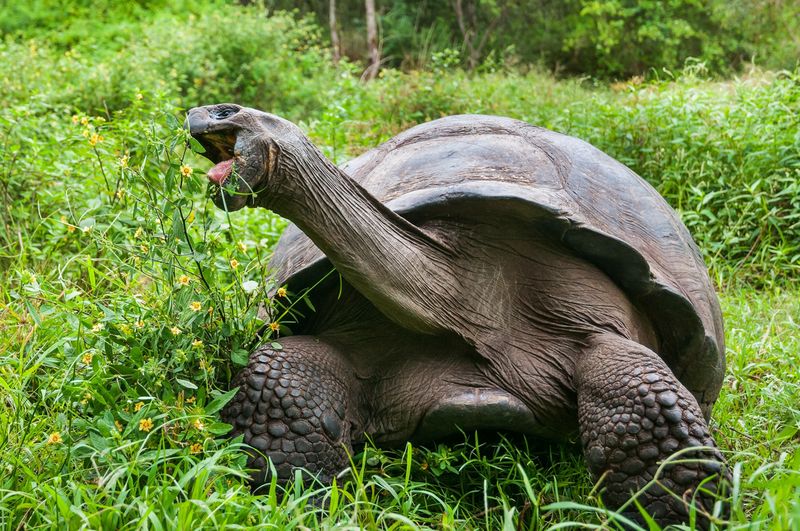
Tortoises thrive on a plant-based diet, which plays a significant role in their longevity. Consuming fibrous plants, fruits, and flowers, they obtain nutrition that supports a long life.
This diet is low in fat and high in essential nutrients, promoting a healthy heart and strong immune system. The abundance of antioxidants found in their diet helps in fighting off diseases. By grazing slowly and consistently, tortoises maintain their health and prolong their years.
Evolutionary Adaptation
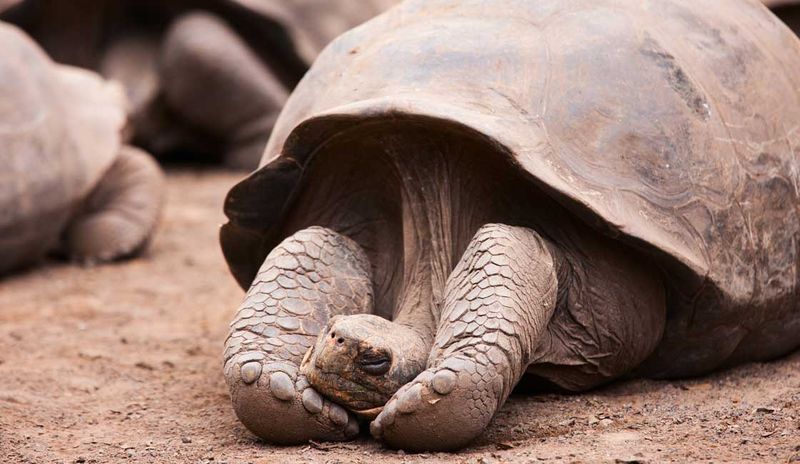
Evolution has been kind to tortoises. Over millions of years, they have adapted to survive and thrive in various environments. Their slow pace is not a hindrance but a successful adaptation strategy.
By evolving slowly, tortoises have developed resilience against environmental changes and predators. Their longevity is a testament to natural selection favoring slow, steady growth and reproduction. This evolutionary path ensures they remain one of Earth’s longest-living creatures.

